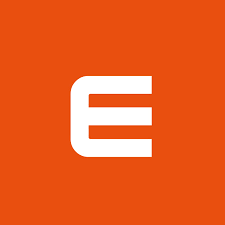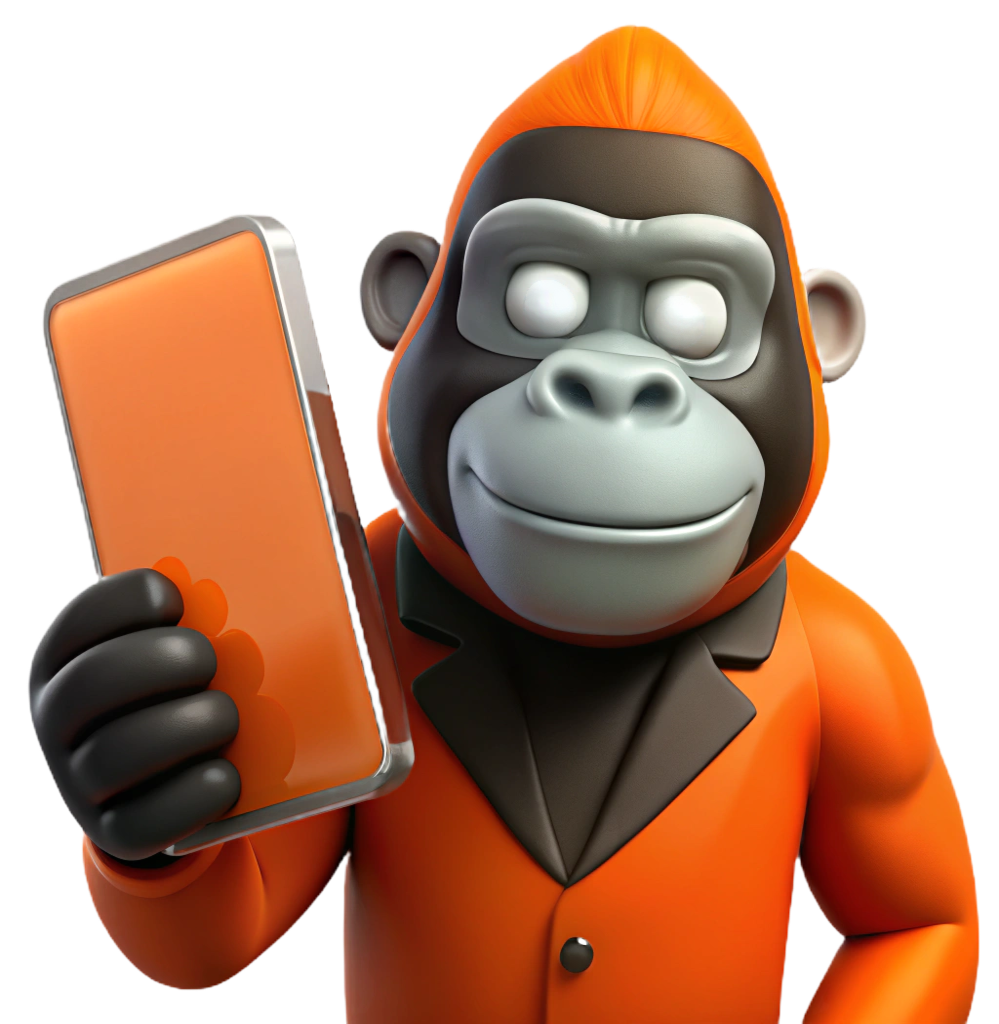Apple's Transition from Lightning to USB-C
Apple's Transition from Lightning to USB-C
In this comprehensive guide, we explore Apple's transition from Lightning to USB-C for iPhones. You'll learn about the reasons behind this significant change, its impact on your existing accessories, and how to navigate the shift smoothly. We'll also delve into wireless charging alternatives and Apple's historical attachment to the Lightning connector. Whether you're a longtime iPhone user or considering your first Apple device, this article will equip you with essential knowledge for the USB-C era.
Why is USB-C Replacing the Lightning for the iPhone?
Why is USB-C Replacing the Lightning for the iPhone?
The shift from Apple's Lightning connector to USB-C on iPhones is primarily driven by European Union regulations aimed at reducing e-waste. The EU courts were concerned about the environmental impact of Apple's proprietary cables, which are not universal and only work with specific Apple devices.
USB-C has become the industry standard due to its faster charging and data transfer capabilities. It's already used in Apple's MacBooks and iPad Pros, making the company's resistance to adopting it for iPhones seem inconsistent.
The Lightning connector, while familiar to Apple users, has several drawbacks. It's less durable than USB-C, can get dirty easily, and tends to stay connected too strongly, potentially causing damage if accidentally pulled, which also was a reason for the wireless charger MagSafe to come into existance.
Apple's reluctance to switch was likely influenced by the royalties it received from third-party manufacturers using the Lightning connector. However, the EU's 2024 deadline for USB-C adoption has finally pushed Apple to make the change with the iPhone 15, launched in September 2023.
USB-C has become the industry standard due to its faster charging and data transfer capabilities. It's already used in Apple's MacBooks and iPad Pros, making the company's resistance to adopting it for iPhones seem inconsistent.
The Lightning connector, while familiar to Apple users, has several drawbacks. It's less durable than USB-C, can get dirty easily, and tends to stay connected too strongly, potentially causing damage if accidentally pulled, which also was a reason for the wireless charger MagSafe to come into existance.
Apple's reluctance to switch was likely influenced by the royalties it received from third-party manufacturers using the Lightning connector. However, the EU's 2024 deadline for USB-C adoption has finally pushed Apple to make the change with the iPhone 15, launched in September 2023.
The Good News
The Good News
For many, this change is long overdue. USB-C is already the standard for many other devices, including laptops, tablets, and Android phones. This means that in the future, you might only need to carry one cable to charge all your devices - a traveler's dream!
USB-C also offers faster data transfer speeds and potentially quicker charging compared to Lightning. Plus, its reversible design makes it just as easy to plug in as Lightning cables.
USB-C also offers faster data transfer speeds and potentially quicker charging compared to Lightning. Plus, its reversible design makes it just as easy to plug in as Lightning cables.
The Challenges
The Challenges
If you've invested in Lightning accessories over the years, you might be concerned about compatibility. The good news is that adapters can help bridge the gap. A Lightning to USB-C adapter should allow many of your existing accessories to work with the new iPhones.
However, it's important to note that not all adapters are created equal. When shopping for adapters or new USB-C cables, prioritize quality over price. Cheap, low-quality cables can potentially damage your device due to inadequate power management.
However, it's important to note that not all adapters are created equal. When shopping for adapters or new USB-C cables, prioritize quality over price. Cheap, low-quality cables can potentially damage your device due to inadequate power management.
Tips for a Smooth Transition to USB-C
Tips for a Smooth Transition to USB-C
As you adapt to the new USB-C era, prioritize quality and safety. Invest in premium USB-C cables from trusted brands like Evelatus or Apple to ensure optimal performance and device protection. Remember, cheap cables can potentially damage your iPhone.
Be vigilant about where you charge. Public USB ports can be security risks, so stick to your own chargers or verified power sources. For added convenience and future-proofing, explore wireless charging options like MagSafe, which remain unaffected by the port change.
When selecting adapters to use your existing Lightning accessories, verify compatibility with your specific iPhone model. Not all adapters support every function, so match them to your needs, whether it's data transfer, audio output, or charging.
Be vigilant about where you charge. Public USB ports can be security risks, so stick to your own chargers or verified power sources. For added convenience and future-proofing, explore wireless charging options like MagSafe, which remain unaffected by the port change.
When selecting adapters to use your existing Lightning accessories, verify compatibility with your specific iPhone model. Not all adapters support every function, so match them to your needs, whether it's data transfer, audio output, or charging.
Why Did it Take so Long for Apple to Switch to Lightning?
Why Did it Take so Long for Apple to Switch to Lightning?
Apple's long-standing commitment to the Lightning connector wasn't just about maintaining a proprietary standard. The Lightning port, introduced in 2012, offered Apple a level of control over the accessory ecosystem that was unmatched in the industry. At the heart of this strategy was a clever authentication chip embedded in Lightning connectors.
This chip acted as a gatekeeper, allowing Apple to regulate which accessories could work with their devices. For manufacturers, this meant going through Apple's "Made for iPhone" program to get the green light. While this approach frustrated some users and accessory makers, it gave Apple a way to ensure quality control and safety standards for iPhone accessories.
The Lightning connector also provided Apple with a steady revenue stream from licensing fees. Every certified Lightning accessory sold put money in Apple's coffers. Despite some third parties eventually cracking the authentication scheme, Apple's ecosystem remained largely intact.
Moreover, the Lightning port's durability and reversible design were ahead of their time, giving Apple little incentive to switch to alternatives like micro-USB. It's only now, with EU regulations and the widespread adoption of USB-C, that Apple has finally decided to make the leap.
This chip acted as a gatekeeper, allowing Apple to regulate which accessories could work with their devices. For manufacturers, this meant going through Apple's "Made for iPhone" program to get the green light. While this approach frustrated some users and accessory makers, it gave Apple a way to ensure quality control and safety standards for iPhone accessories.
The Lightning connector also provided Apple with a steady revenue stream from licensing fees. Every certified Lightning accessory sold put money in Apple's coffers. Despite some third parties eventually cracking the authentication scheme, Apple's ecosystem remained largely intact.
Moreover, the Lightning port's durability and reversible design were ahead of their time, giving Apple little incentive to switch to alternatives like micro-USB. It's only now, with EU regulations and the widespread adoption of USB-C, that Apple has finally decided to make the leap.
Will Your Lightning Adapters Work with New USB-C iPhones?
Will Your Lightning Adapters Work with New USB-C iPhones?
Most Lightning accessories should work with new USB-C iPhones if you use a Lightning to USB-C adapter. These adapters act as intermediaries, allowing your Lightning accessories to communicate with USB-C ports on newer iPhones and iPads. For example, if you have a Lightning to USB Camera 3 Adapter that you use for transferring photos, you can still use it with your new USB-C iPhone by connecting it through a Lightning to USB-C adapter.
The same goes for other popular accessories like the Lightning to SD Card Reader or the Lightning Digital AV adapter. These tools, which photographers and presenters often rely on, should continue to function when used with the appropriate adapter.
However, it's crucial to choose your adapter wisely. Not all adapters are created equal, and compatibility can vary. Before making a purchase, double-check that the adapter is compatible with your specific iPhone or iPad model. Also, ensure it supports the functionalities you need – some adapters might work for charging but not data transfer, for instance.
While adapters offer a convenient solution, they're not without drawbacks. They add bulk to your setup and can be easy to misplace. As you gradually replace your accessories with native USB-C versions, you'll likely find your workflow becoming smoother and less cluttered.
Remember, this transition period is temporary. As the market shifts towards USB-C, we'll see more accessories designed specifically for this standard, eventually reducing the need for adapters altogether.
The same goes for other popular accessories like the Lightning to SD Card Reader or the Lightning Digital AV adapter. These tools, which photographers and presenters often rely on, should continue to function when used with the appropriate adapter.
However, it's crucial to choose your adapter wisely. Not all adapters are created equal, and compatibility can vary. Before making a purchase, double-check that the adapter is compatible with your specific iPhone or iPad model. Also, ensure it supports the functionalities you need – some adapters might work for charging but not data transfer, for instance.
While adapters offer a convenient solution, they're not without drawbacks. They add bulk to your setup and can be easy to misplace. As you gradually replace your accessories with native USB-C versions, you'll likely find your workflow becoming smoother and less cluttered.
Remember, this transition period is temporary. As the market shifts towards USB-C, we'll see more accessories designed specifically for this standard, eventually reducing the need for adapters altogether.
Wireless Alternatives: MagSafe and Qi Charging
Wireless Alternatives: MagSafe and Qi Charging
As the mobile industry moves towards portless designs, wireless charging technologies like MagSafe and Qi are becoming increasingly popular alternatives to traditional Lightning cables. MagSafe, Apple's proprietary magnetic charging system, offers a convenient 15W charging solution for compatible iPhones. It uses magnets to align the charger perfectly, ensuring efficient power transfer.
Qi, on the other hand, is an open standard used by various manufacturers. While traditional Qi charging tops out at 7.5W for iPhones, the new Qi2 standard matches MagSafe's 15W capability. This universal approach allows for cross-device compatibility, making it a versatile option for users with multiple devices, including those still using Lightning ports.
Both technologies offer the convenience of cable-free charging and support an ecosystem of accessories like stands, car mounts, and portable batteries. As these wireless solutions continue to evolve, they're paving the way for a future where tangled Lightning cords may become a thing of the past.
Qi, on the other hand, is an open standard used by various manufacturers. While traditional Qi charging tops out at 7.5W for iPhones, the new Qi2 standard matches MagSafe's 15W capability. This universal approach allows for cross-device compatibility, making it a versatile option for users with multiple devices, including those still using Lightning ports.
Both technologies offer the convenience of cable-free charging and support an ecosystem of accessories like stands, car mounts, and portable batteries. As these wireless solutions continue to evolve, they're paving the way for a future where tangled Lightning cords may become a thing of the past.
To Summarize the Above
To Summarize the Above
Apple's transition from Lightning to USB-C on iPhones marks a significant shift in mobile technology, driven by EU regulations aimed at reducing e-waste. This change brings faster charging and data transfer speeds, improved compatibility with other devices, and potential cost savings for consumers. While the switch may initially seem inconvenient for those with Lightning accessories, adapters can bridge the gap. Users should invest in high-quality USB-C cables, be cautious about charging sources, and consider wireless charging options. The move to USB-C aligns iPhones with industry standards and Apple's own MacBooks and iPads, ultimately leading to a more universal and efficient charging ecosystem.
For any suggestions or inquiries related to this article, please don't hesitate to reach out to the author at brand@evelatus.com.
Did this article help you find the answer? You might also like this one: The types of USB Data-Cables
For any suggestions or inquiries related to this article, please don't hesitate to reach out to the author at brand@evelatus.com.
Did this article help you find the answer? You might also like this one: The types of USB Data-Cables
Wholesale Pricing for B2B
Order our products directly from our warehouse in China.

We won’t spam you; we’ll only occasionally send you information about our new products.

Written by Evelatus in 2024







